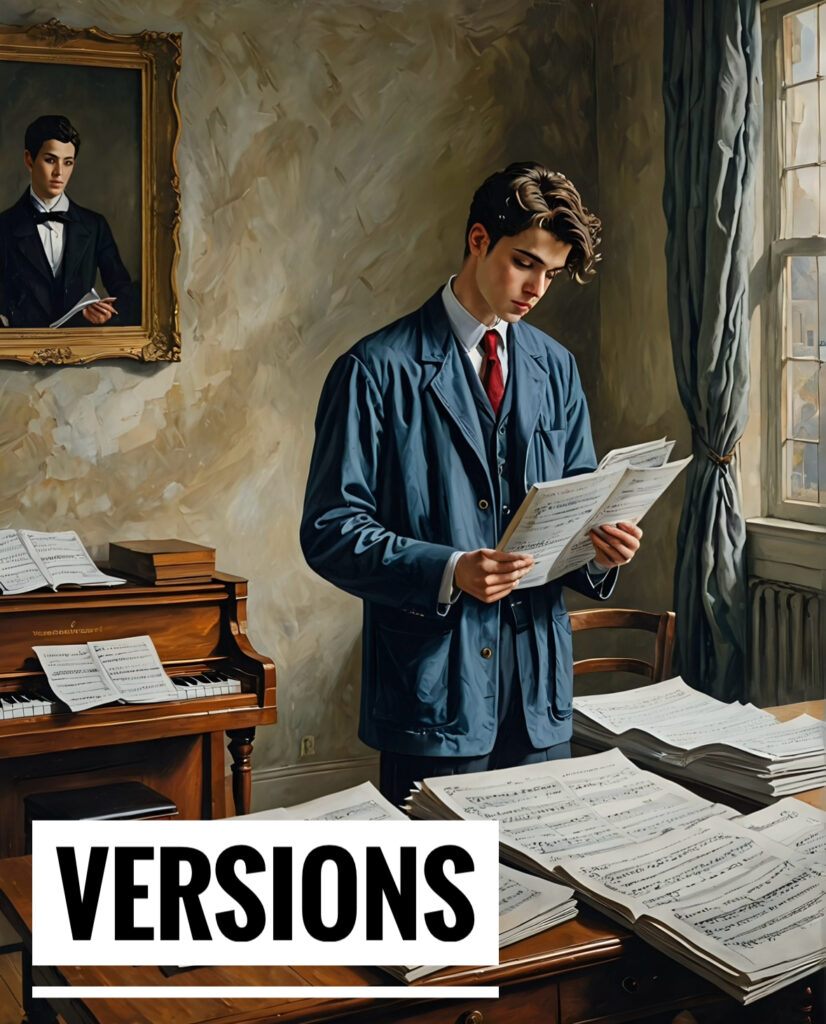
Several versions and editions of Fantaisie-Impromptu exist. The two versions are: The 1834 Version, and the 1835 Version (Manuscript)
Of the three 1834 Versions, there exist 3 Printed Editions: [Countries]: English, French, & German Editions.
Of the 1834 Versions, 3 manuscripts exist: 2 by Auguste Franchomme, and one by a “supposed student of Chopin.”
There also exists a version of the 1834 Version written for the cello (by Auguste Franchomme).
There are several known versions of Fantaisie-Impromptu. One is the version which Julian Fontana used when publishing (the original manuscript is now lost). From this version came 3 First-Editions. An English, French, and German edition [Countries].
There are two manuscripts of Fantaisie-Impromptu by Franchomme (Auguste Franchomme was a friend of Chopin). They are nearly identical and resemble the publishing’s of Fontana. It is most likely that the version Fontana possessed closely resembled these.
Another version of Fantaisie-Impromptu was discovered by pianist Artur Rubinstein. This is known as the 1835 or d’Este version of Fantaisie-Impromptu (Frances Sarah d’Este being the person who the dedication is inscribed).
The Frydryk Chopin Institute holds another copy that is by a “supposed student of Chopin”.
Out of everything listed above, the two versions of today are the 1834 and the 1835 versions. Also known as the Fontana and d’Este versions respectively.
The 1834/Fontana version is more commonly played and is the one that most people are familiar with. While the 1835/d’Este version is considered to be more “complete” and “final”. Both versions of Fantaisie-Impromptu are beautiful pieces of music and are loved by pianists and music lovers around the world. Whether you prefer the 1834 or 1835 version, there is no doubting the genius of Chopin’s compositions at any stage, and his ability to create such a timeless masterpiece.
It is also interesting to note that Franchomme also wrote a duet of Fantaisie-Impromptu.